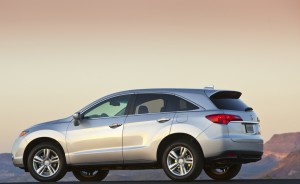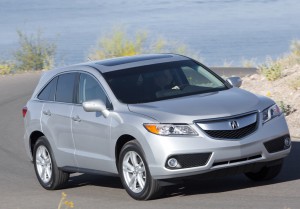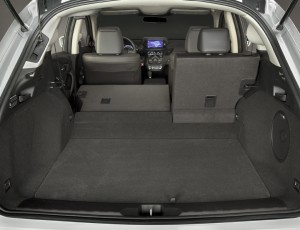Just when many carmakers are downsizing their engines, it came as quite a shock when Acura announced at the Detroit auto show earlier this year that it was replacing the turbocharged four cylinder in the RDX compact luxury ute with its venerable 3.5-liter V-6.
But cars are about the bottom line, the way the car performs, not what’s under the hood. If bucking conventional wisdom works, then why not?
In a lot of ways a V-6 makes a lot of sense for a luxury sport utility. No matter what you do to make a four feel smooth, an extra pair of cylinders will almost always feel smoother.
So, what’s the verdict? Does the new V-6 make for a better luxury crossover? Let’s found out.
Without a doubt, Honda’s corporate V-6 is a sweet piece. It’s smooth and, with 273 horsepower in the RDX, it’s also powerful. With new friction-reducing tricks such as lighter-weight oil, as well as cylinder deactivation, it’s also fuel efficient.
Also contributing to the increased fuel economy is the six-speed transmission, which adds on more cog compared to the tranny in the old car.
In fact, it’s significantly more fuel efficient than the old RDX’s turbo four. The 2012 was rated at 17-19 mpg city and 22-24 highway, depending on front-wheel drive or all-wheel drive. The new version ups those numbers to 19-20 and 27-28. It even boasts 33 more horsepower.
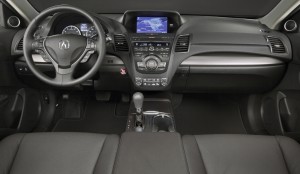
While many automakers are trying to go button-free on their center consoles, the RDX is still loaded with buttons.
Even with the bigger engine and significantly higher horsepower, Acura gets to claim a significant improvement in fuel economy. In fact, it leads the luxury compact sport ute class. And that’s without direct injection. Not bad. We saw a shade under 26 mpg in a mix of freeways and rural two-lanes.
That type of driving seems to ideally suit the RDX. It devours road miles with ease and would be a comfortable ride on a long-distance cruise.
As promised, the V-6 is smooth and there’s plenty of power for passing situations and when you need to get off the line quickly.
The RDX tracks smoothly on the freeway and it corners very well for a crossover. The transmission always has the right gear. A sport mode holds a gear lower. Paddles on the steering wheel give you that sporty feeling, if you want.
One of the great features of most crossovers is the ability to tow, but the RDX is limited to just 1,500 pounds. Many small crossovers can tow 3,500 pounds.
Acura fans seem to love lots of buttons and this RDX doesn’t disappoint. While some automakers are moving to more touchscreen functions, the RDX keeps its knobs and buttons. It’s really a matter of taste. Would you prefer an uncluttered center console with most functions controlled through the touchscreen or tons of buttons that allow you to directly access the function you want?
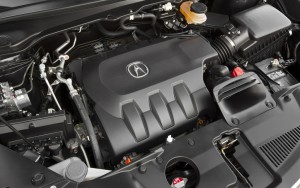
Acura made the rather strange move of replacing the original RDX's turbo four cylinder with a 3.5-liter V-6, but the V-6 offers better fuel economy and more horsepower.
Frankly, we’ll take the buttons. Being able to change stations with a push of a single button seems easier – and safer.
Of course, the RDX offers improved voice controls, but it still doesn’t understand voice commands as well as Ford’s Sync system, at least in a similarly quiet vehicles.
Since the RDX doesn’t feature a touchscreen, Acura was able to bury the screen under a hood that would make Bill Belichick jealous.
The new interior is delightful. It’s full of soft-touch materials, the seats are easily adjustable and the driver’s seat actually goes low enough. In fact, this was the first vehicle in memory where I did not want the seat at the lowest-possible setting.
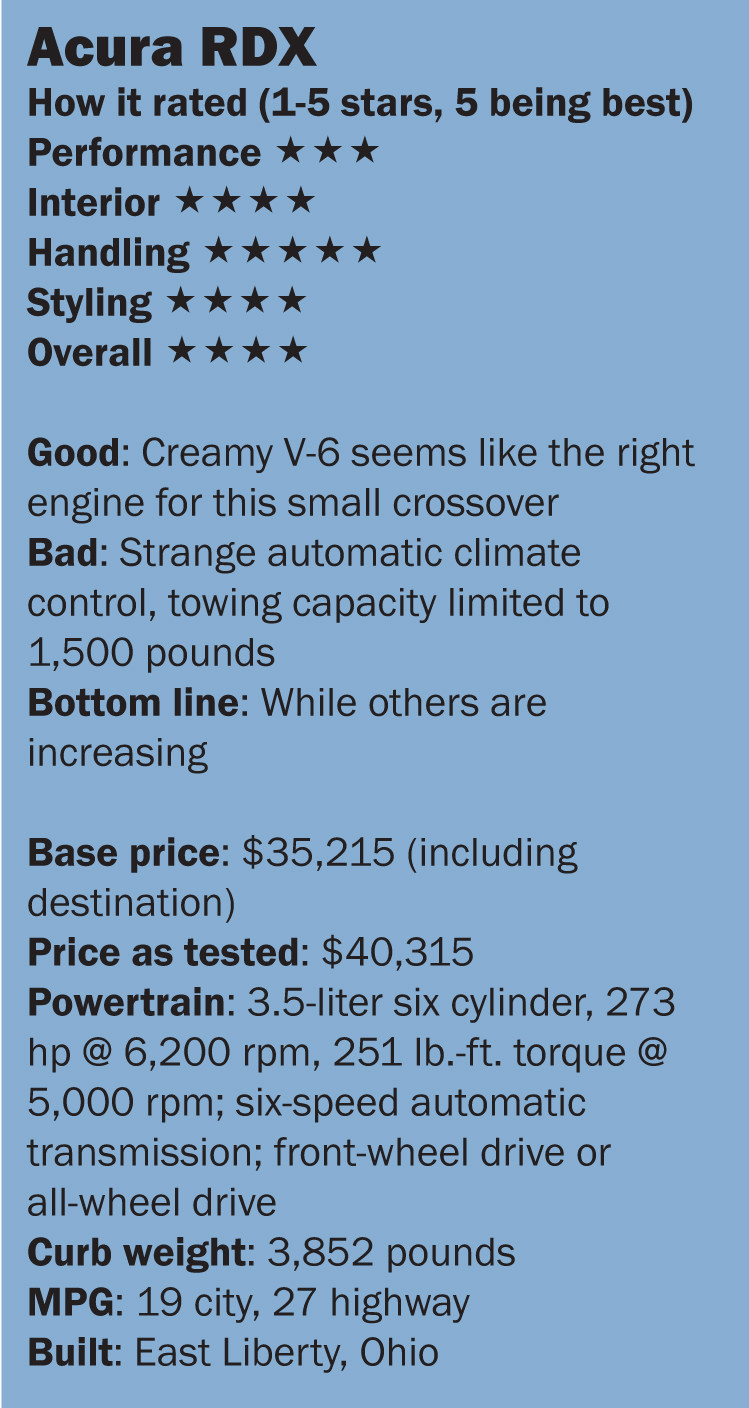 About the only criticism of the interior is the schizophrenic automatic climate control. On one particular 70-degree day, we continually cranked the temperature down, but the interior still felt warm. Strangely, there’s no light for the air conditioning button and the automatic mode seems to require recirculated air in most circumstances.
About the only criticism of the interior is the schizophrenic automatic climate control. On one particular 70-degree day, we continually cranked the temperature down, but the interior still felt warm. Strangely, there’s no light for the air conditioning button and the automatic mode seems to require recirculated air in most circumstances.
The 60/40 split rear seats fold forward with just a pull of a lever – without electric motors.
The new styling achieves Acura’s goal of making it appear more upscale. While it still sports the Acura’s strange grille shield, it’s a good-looking crossover.
Other changes are also aimed at making the RDX less sporty and more grown up. Instead of the torque-vectoring all-wheel drive system in the old model, the new one gets a standard AWD setup. The old model had a firmer ride that was supposed to push the RDX to the sporty side.
But buyers largely rejected the sporty RDX, which is why Acura made it more of a grand tourer.
RDX pricing opens at $35,215, including destination. All-wheel drive adds $1,400. The technology package adds navigation, moves the rear-view camera display from the rear-view mirror to the navigation screen, an upgraded sound system with a 15-gigabyte hard drive and more for $2,300, bringing the as-tested price to $40,315.
Turn back the clock. The four cylinder turbo is out and the venerable V-6 is in, offering more performance and fuel economy.

